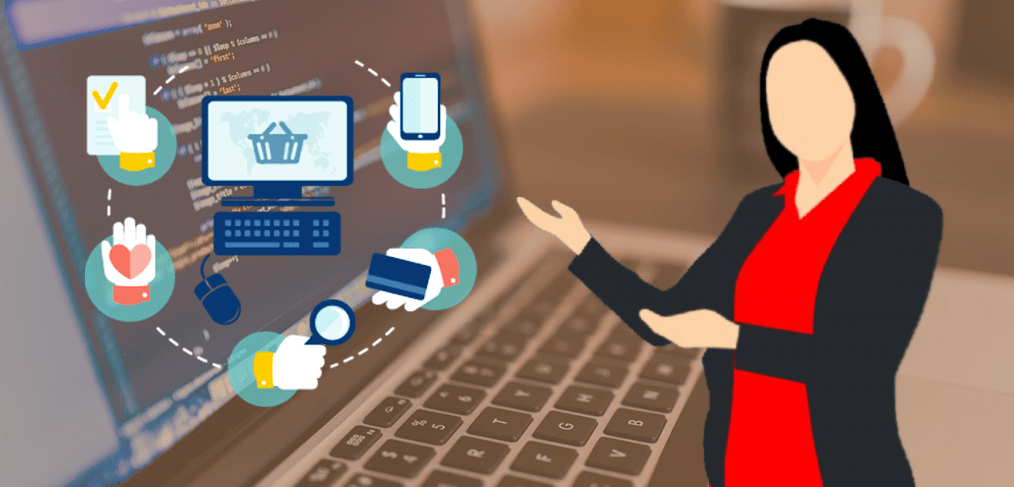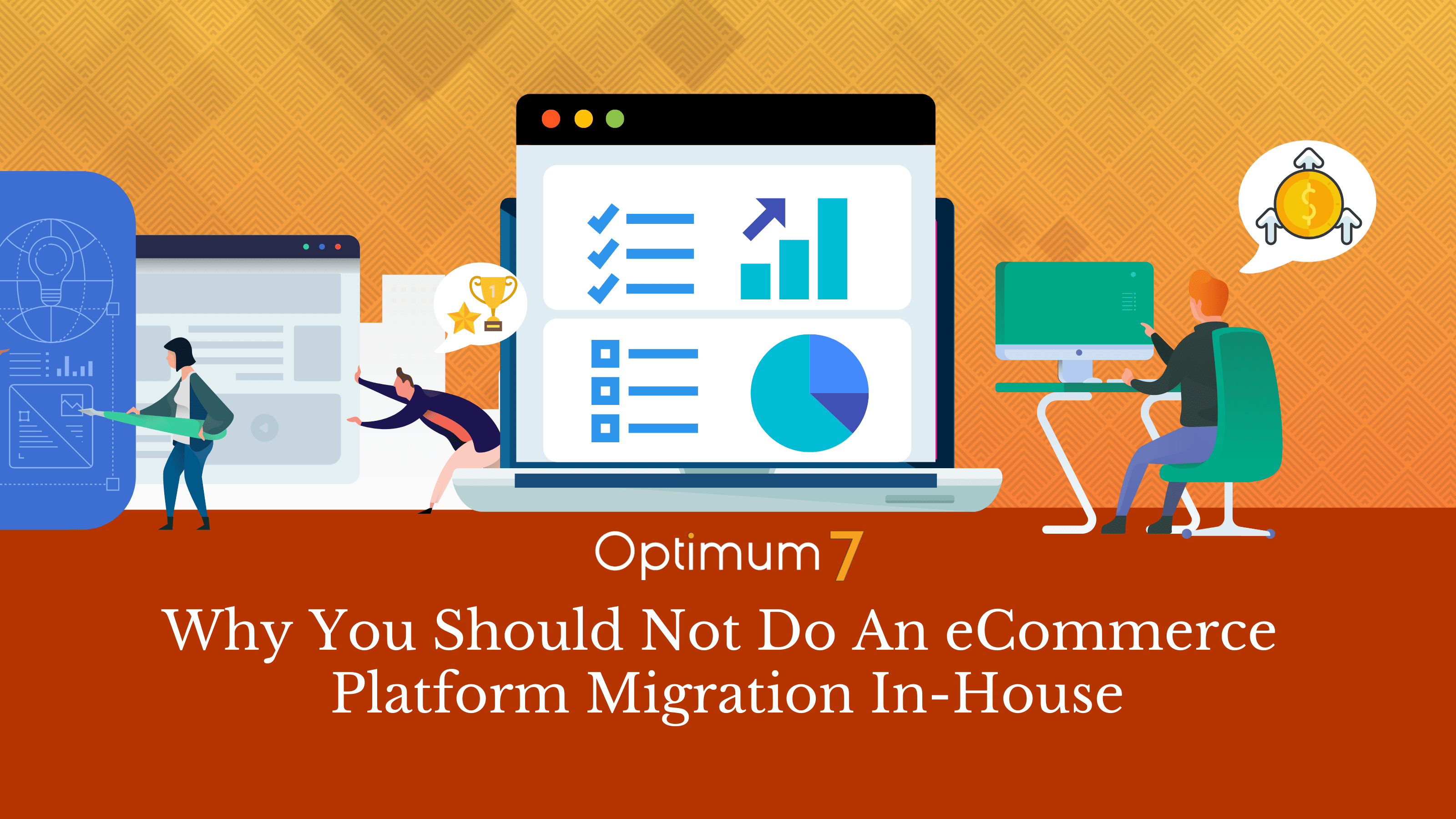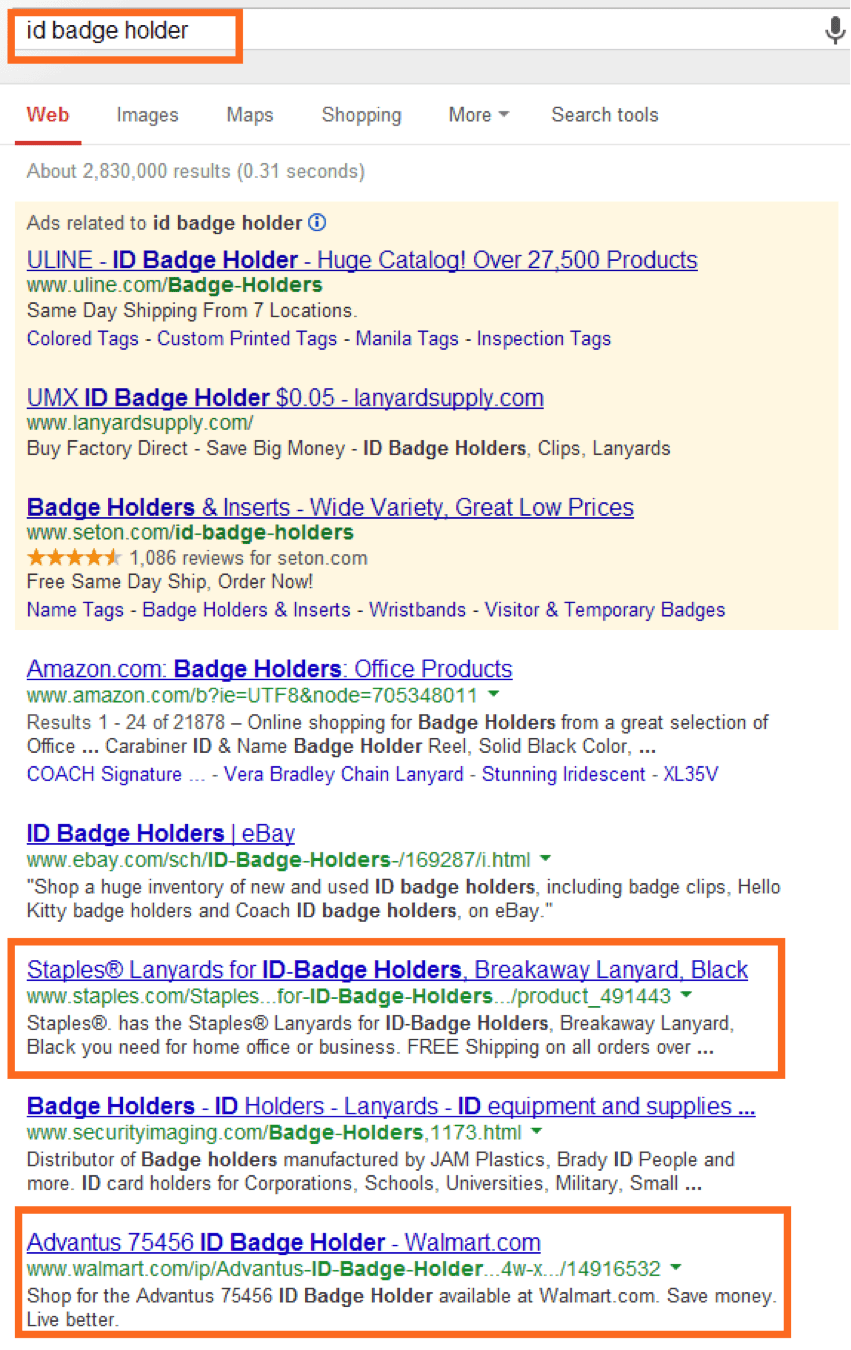[vc_row][vc_column][vc_column_text]In this Surge Session, we talk about eCommerce custom functionality and the applications that you can get out of an eCommerce app store. Our Director of Marketing, Joseph Hassun, is joined by Marketing Specialist, Ohad Yarel, and Head of Development, Yeslandi Perez.[/vc_column_text][vc_custom_heading text=”Pros and Cons of eCommerce Applications from the App Store” use_theme_fonts=”yes”][vc_column_text]
We begin by discussing the pros and cons of the app store and the applications that are available within the app store, and the pros and cons of custom functionality.
What are some of the pros and cons of just using an out of the box solution from the app store? First of all, it’s very quick. Sometimes the setup is just a few clicks of a button. In the short term, it’s usually cheaper, depending on the app.
At the end of the day, you don’t need to hire a team of coders. You don’t have to have coders in-house. With a few clicks of a button, you can have something already set up. That’s definitely the main pro of the app, that someone already did it, someone already created it. You can just essentially copy paste it to your website, saving you time and money.
Apps are going cost you a fraction of what it would cost to build out something custom, in the short term. Those monthly subscriptions could add up two years down the road. You could have already covered what it cost you to build the custom functionality.
Some of them even take a percentage of the revenue that you’re making through the app which can add up to a lot of money. If your store starts to scale, then you might even end up having to go with the custom functionality anyways. There’s definitely a lot of things to consider before making that decision.
What are some of the cons with an app? Some of them allow some degree of customization, but usually, the customization ends with the color palette. It doesn’t go much deeper than that.
If you need something that’s more tailored to your needs, you’re gonna hit a roadblock really quickly. You’re gonna get frustrated really quickly because those solutions are limited. You didn’t develop it. You don’t have access to the source code. There’s really only so much you can do. You’re always going to be dependent on that third party that built the app. [/vc_column_text][vc_custom_heading text=”Pros and Cons of Custom Programming Solutions and Functionalities for eCommerce” use_theme_fonts=”yes”][vc_column_text]
Let’s talk about custom functionality. Custom functionality is the better option when you have a very specific situation or problem, something that an app can’t easily take care of. It would be very difficult to find an app that will 100% cover every single angle. Your goal is to make the user experience as enjoyable as possible with a UI/UX friendly user interface.
With custom functionality, you have to start from scratch. You’re going to have a long period of development and it’s going to cost you a lot more money since you will need to go with a custom development team. This way you can ensure that you’re going to own the code. It’s going to be 100% customizable to your needs. It’s going to be able to scale with you as your company and operation grow.
However, custom functionality has cons as well. You need to find the right development team. You need to make sure that the development team is able to provide support for the long term, that they are able to build something that is capable and secure.
A big difference between a custom functionality and a third party app is that you own this code and you can control it. However, if tomorrow you need to switch to a different development team, you are going to have to start from scratch.
If you are switching to a platform that doesn’t have an app store such as an enterprise-level solution that doesn’t have out of the box solutions, it’s going to be beneficial, because you already own this piece of code. Now all you need to do is just migrate it, alter it, and optimize it for that platform.
If you’re looking for a scalable solution that will reduce costs, if you need something that solves 100% of all your pain points, you’re going to need to go with the custom functionality. There’s no out of the box solution that’s going to help every single aspect of your business or complete every single thing that you need.
Another thing is most of these apps end up solving 60-70% of your issues. There is always that 30-40% that it is not doing for you. It’s good that you can get it up and running with a few clicks, but in the end, it’s not solving your problem 100%. You end up using another app for that 30%, and then you start relying on more and more things.
Even from a marketing perspective, not just from running your business and inventory or payment, those out of the box solutions are what you see in most websites. Because they get worn out and overused, they sometimes don’t work as well. They lose their efficiency.
When you have full control to do whatever you want, you can try different things. You can test different things and really be original. An original marketing strategy can get a lot more traction than this out of the box, worn out, overused, exit intent pop-up.[/vc_column_text][vc_custom_heading text=”When to Use an Out-of-the-Box eCommerce Application versus a Custom Functionality Solution” use_theme_fonts=”yes”][vc_column_text]
From a marketing perspective, there’s definitely a lot of good apps there. The disadvantage is, again, that it’s an out of the box solution. But when you’re first starting out, you really don’t have the resources to build a custom functionality. Those apps can be valuable and can increase your conversions, which is definitely a great way to start.
For payments, an app is usually going to be a better solution. There is not much going on there, it is not very complex. An app will work as long as you can do refunds. It’s pretty much the same for everyone. Most of the apps that are for payments are great. In just a few clicks you get it up and running.
When you start getting into inventory, then things become tricky. It might not integrate with your inventory system, it might only do specific things, or it might not go too specific like only doing transfer product inventory. Based on experience, everything that has to do with inventory usually needs to be custom.
To sum that up, everybody processes payments the same exact way. If you need something payment related, go with a custom application. They’ve already gone through all the PCI compliance and tons of other things that they need in order to qualify.
However, nobody carries their inventory or has shipping set up exactly the same. When it comes to inventory and the way that you manage your workflows within your warehouse, you might want a custom solution. It might be more beneficial to have that custom solution that is 100% covering every single angle, and every single aspect of your workflow.
When it comes to choosing a development team, the most important part is experience. With development, it’s easy to say it can be done, but have you done it before? There is a big difference between “I think I can do this” and “I have done this before.”
Definitely find a good team that has experience on building custom solutions. Find a company that’s been around for a long time and knows about eCommerce. It’s not the same to go with a development company that does everything than with a development company that focuses on eCommerce. Make sure to pick a company that has experience in whatever your market is.
We have built over 500 different types of custom functionalities here at Optimum7. Check out some of the custom functionalities that we’ve created and let us know if you need help with anything. We’re here to help.
Have any questions regarding eCommerce custom functionalities and applications? Need help creating your own custom functionality?
Contact us. We’re here to help.
SPEAK TO AN eCommerce EXPERT[/vc_column_text][/vc_column][/vc_row]





